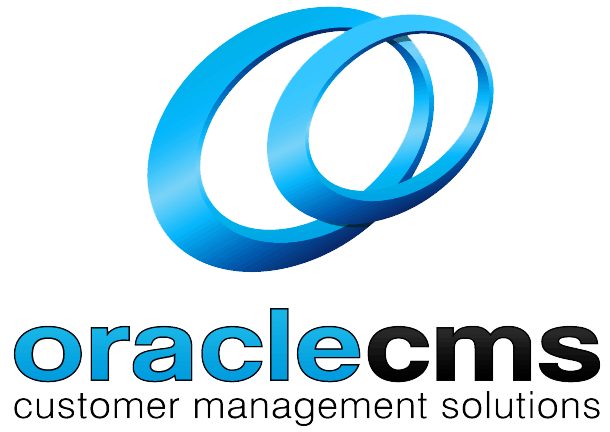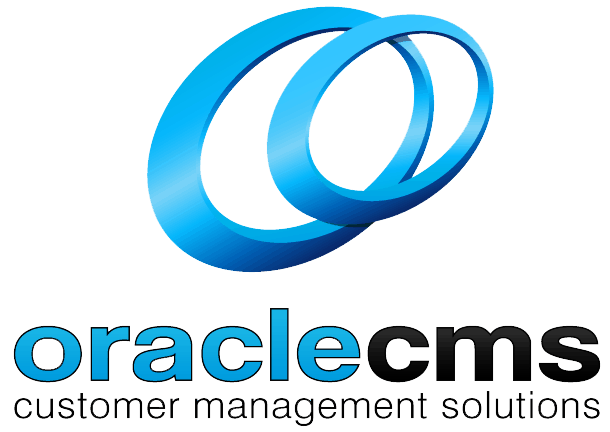
Why Hybrid Contact Centres Are the Future of Customer Support
The contact centre landscape has evolved far beyond the walls of a physical office. In today’s environment, businesses are no longer forced to choose between in-house teams, outsourced providers, or automated systems. Increasingly, they are combining all three into something far more agile the hybrid contact centre. This flexible model is fast becoming the preferred structure for organisations seeking to balance service quality, cost efficiency, and operational resilience.
Hybrid contact centres blend remote and on-site agents, in-house staff with outsourced support teams, and automation tools with human-led service. By allowing each element to play to its strengths, this model delivers the scale and flexibility that modern customer support demands. OracleCMS is among the providers offering businesses a way to implement this kind of integrated structure effectively, with outsourced contact centre solutions that adapt to operational needs in real time.
What a Hybrid Contact Centre Really Looks Like
A hybrid contact centre is not simply a collection of disconnected teams or tools. It’s a deliberately structured model where every support channel, team, and technology layer serves a clear purpose. On-site staff may handle sensitive or high-priority interactions, while remote or outsourced agents cover overflow, off-hours, or general support queues. Automation handles the routine such as authentication, basic FAQs, or routing freeing up human agents to focus on tasks that require empathy and expertise.
This balance offers organisations the ability to scale, specialise, and provide consistent service, regardless of location or time of day. It’s a model that puts strategy first, with flexibility and resilience built in from the ground up.
Why More Businesses Are Making the Shift
There are practical reasons behind the growing adoption of hybrid models. Business needs are more fluid than ever. Contact volumes fluctuate daily, team availability varies, and customer expectations continue to rise. Hybrid models make it easier to scale up quickly during product launches, seasonal peaks, or crisis events, and then scale back just as smoothly.
Outsourced partners extend coverage and add capacity without requiring additional infrastructure. Remote teams offer greater access to talent pools across time zones. And in-house staff remain essential for complex cases, brand-sensitive interactions, or leadership escalation.
Many industries already benefit from this approach. In retail, hybrid teams handle seasonal surges without compromising service quality. In healthcare, overflow or after-hours calls can be routed to trained outsourced agents while core teams manage bookings and patient queries during the day. In government or utility sectors, AI tools can handle basic enquiries and direct more complex or urgent issues to local, in-house staff with deeper knowledge of services.
Benefits That Go Beyond Cost Control
Cost efficiency is a factor but it’s not the whole story. The true value of hybrid contact centres lies in their adaptability and resilience. Businesses can react faster to change, handle larger volumes without dropping service levels, and provide uninterrupted coverage regardless of local disruptions.
- Greater flexibility in workforce management
- Extended hours without increasing internal staffing
- Geographic redundancy for disaster recovery
- Better coverage across customer channels
- Improved response times and service availability
The result is a stronger, more capable support structure that can deliver consistent outcomes regardless of team size, time zone, or operational environment.
Better Experiences for the Customer
From the customer’s point of view, a hybrid contact centre should feel seamless. They don’t care whether they’re speaking to an in-house agent or an outsourced one they care about tone, clarity, speed, and resolution. A well-managed hybrid structure ensures that these elements are preserved across every interaction.
Remote or outsourced agents can deliver the same level of service as internal staff, provided they have the right tools, guidance, and access to information. With the support of automation, customers get faster routing, reduced wait times, and better first-contact resolution. Meanwhile, live agents remain available for the moments that truly require human understanding and decision-making.
Hybrid structures also allow businesses to maintain high service levels after hours, during weekends, or throughout holidays periods when customer expectations remain high but internal resources may be limited.
Protecting Brand Voice and Culture Across Teams
One concern that often arises with hybrid contact centres is whether service consistency can be maintained across multiple locations and providers. The answer is yes but only with the right processes in place.
Brand voice should not vary depending on which team answers the phone. Consistency comes from clear tone guidelines, standardised call flows, and thorough onboarding. Internal teams, remote staff, and third-party agents should all receive the same training and access to reference materials. Regular call calibration sessions and ongoing performance reviews help align all agents to the same standards.
Customers should never feel like they’re speaking to “the outsourced team” only that they’re speaking to someone who understands their issue and represents the business well.
Securing Data in a Distributed Workforce
Hybrid setups come with greater complexity when it comes to data protection. With multiple access points, distributed teams, and varied technology platforms, it becomes essential to centralise security oversight.
Access to customer data must be tightly controlled, with clear permissions based on role and location. Remote agents should log in through secure platforms that support encryption, activity monitoring, and real-time alerts. For sectors like finance, healthcare, and government, compliance requirements are non-negotiable, and hybrid setups must be configured accordingly.
- Centralised data governance policies
- Role-based access controls across all systems
- Secure cloud infrastructure with multi-factor authentication
- Real-time monitoring for unauthorised access attempts
When implemented well, hybrid models can actually enhance security by allowing quicker identification of breaches, isolated risk segmentation, and better incident response protocols.
Technology That Makes Hybrid Models Work
The success of a hybrid contact centre depends on the technology behind it. Cloud-based CRMs ensure that all agents have access to up-to-date customer information. Workforce management systems allow real-time monitoring and smart scheduling across teams. AI tools help automate call routing, triage low-priority tasks, and generate reporting insights that guide decisions.
- Unified performance dashboards
- Live quality monitoring and call recording
- Shared knowledge bases accessible to all agents
- AI-enhanced routing to balance loads and reduce queues
With these tools, businesses can run distributed teams with the same level of oversight, responsiveness, and accountability as an in-house setup.
Why Hybrid Contact Centres Are the New Standard
What began as a temporary solution during remote work surges has become a structural advantage for many organisations. Hybrid contact centres offer a mix of stability and agility that’s hard to match with any single model. They empower businesses to deliver consistent service while staying responsive to change whether it’s demand spikes, workforce shifts, or evolving customer needs.
For companies serious about maintaining high-quality customer service in unpredictable conditions, hybrid isn’t just the future it’s the present.
FAQ’s
Q1: What is a hybrid contact centre?
A1: A hybrid contact centre blends in-house and outsourced teams, combines on-site and remote workforces, and uses both automation tools and human agents to deliver customer support.
Q2: Why are businesses shifting to hybrid support models?
A2: Hybrid models offer greater flexibility, scalability, and coverage while keeping service levels consistent across locations and time zones.
Q3: Does a hybrid model reduce service quality?
A3: Not when implemented properly. With shared training, tone guidelines, and the right tools, hybrid teams can maintain or even improve service quality.
Q4: What technology supports hybrid contact centres?
A4: Cloud-based CRMs, workforce management platforms, real-time dashboards, and AI-enhanced routing systems all play key roles.
Q5: What about data security in hybrid environments?
A5: Data remains secure with the right infrastructure: encrypted systems, secure logins, role-based permissions, and centralised monitoring.



